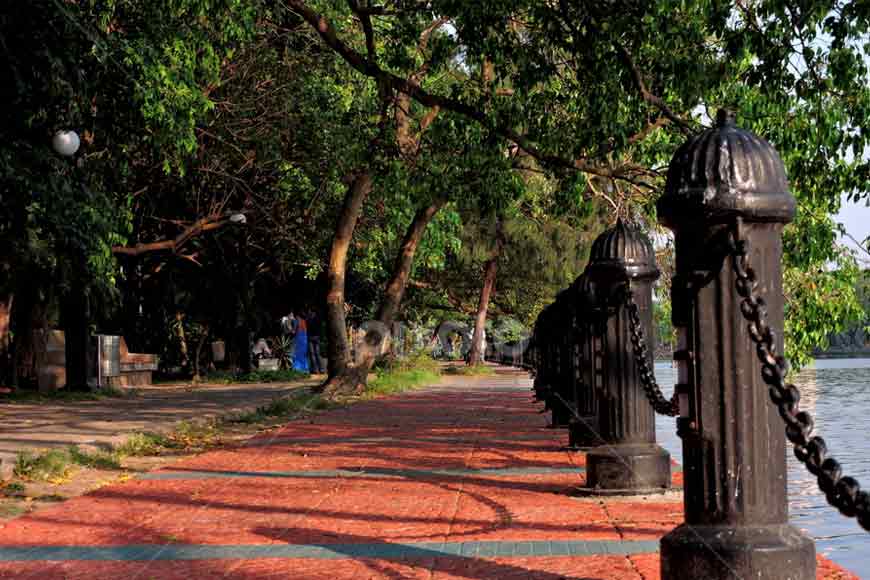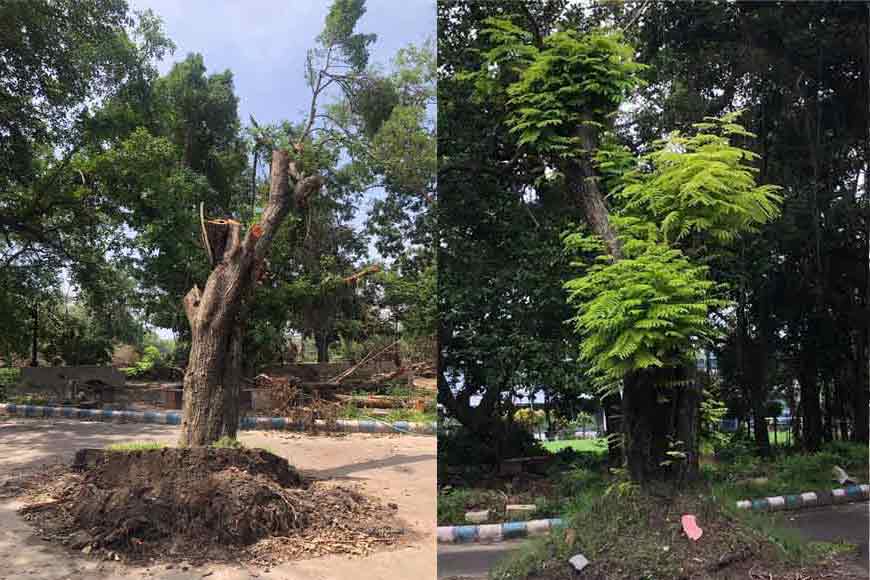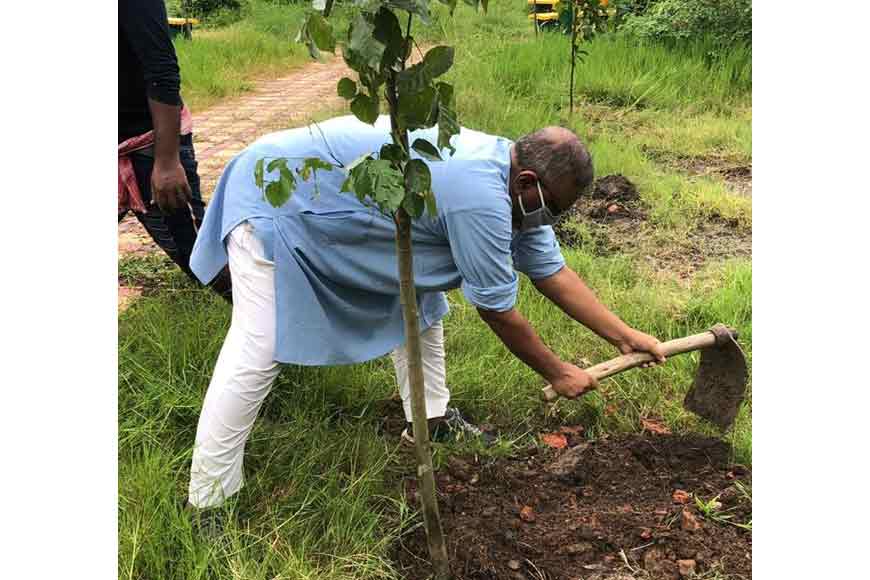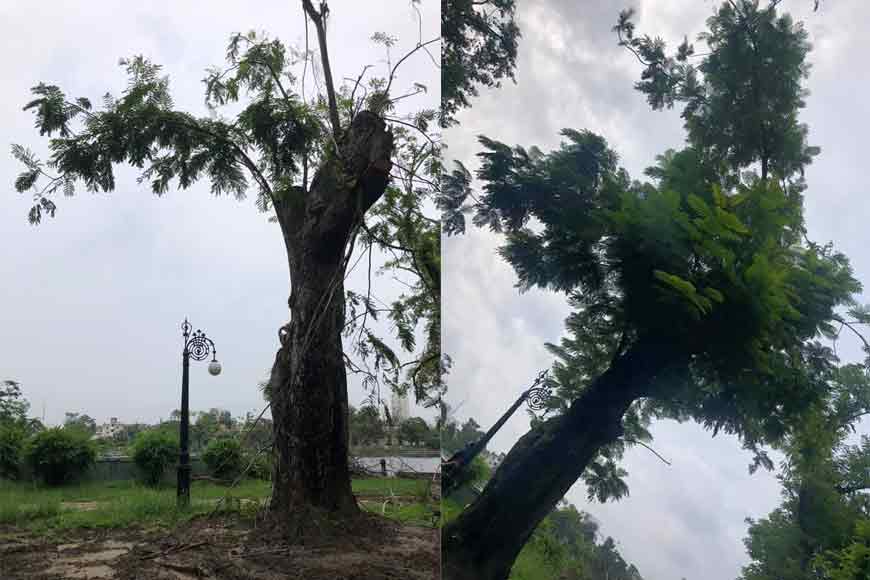Save a tree, it’s the only way you can stay alive

Rabindra Sarobar
World Soil Day is not something most ordinary people would know about. However, it has been internationally observed on December 5 since 2002. The United Nations website explains that this day is “a means to focus attention on the importance of healthy soil and to advocate for the sustainable management of soil resources”, as recommended by the International Union of Soil Sciences.
While management of soil resources is not a job for the lay person, what citizens can definitely participate in is the management of something that is produced by soil, aka trees, our only source of free oxygen, and quite literally the reason we can breathe. On World Soil Day 2020, therefore, we would like to draw attention to a citizens’ initiative that has helped restore and replant close to 150 trees in the city, at Rabindra Sarobar and Subhas Sarobar, post-Cyclone Amphan.
At the helm of the initiative are veteran journalist, activist and passionate Kolkatan Mudar Patherya, and Arjan Basu Roy, secretary of Kolkata-based NGO Nature Mates. Individually, Nature Mates have replanted more than 230 trees in Kolkata in the post-Amphan period, and over 700 trees generally. On their website, they say their success rate is 70 percent, which means 7 out 10 trees have proudly and successfully ‘come back to life’, and grown new leaves and branches.
The critical aspect of conserving trees in an urban environment, as opposed to a natural forest, is that the wellbeing of trees becomes our sole responsibility, says Basu Roy. “Trees are living beings, and the first thing to keep in mind is that replanting or restoring them is not a job for contractors dealing in cement and concrete,” he says. “You cannot set a time for, or quantify, this job. Each tree has individual requirements.”
 Rabindra Sarobar, before and after
Rabindra Sarobar, before and after
Patherya, who spent nearly Rs 1.75 lakh from his own pocket on the job, says a little support from the government would go a long way, but cautions against rigid activism too. “This is a battle to save the trees, not against each other,” he says. “Citizens, however well-meaning, need to know what they are doing, and be prepared to bend a little to get around obstacles.”
Basu Roy believes one of the ways in which ordinary people can get involved in tree replanting and restoration is by forming active committees within individual neighbourhoods, comprising residents, perhaps the local councillor, or the biology teacher from the local school, or a professor of botany. “Every borough in the city, if not every ward, should have such a committee,” he says. “And it should have the power to supervise any contractor who is assigned the job of replanting, so that the proper process is followed.”
 Mudar Patherya helps out with the replanting at Rabindra Sarobar
Mudar Patherya helps out with the replanting at Rabindra Sarobar
Patherya, who spent nearly Rs 1.75 lakh from his own pocket on the job, says a little support from the government would go a long way, but cautions against rigid activism too.
The rapidity with which the replanted trees have come back to life is evident from Patherya’s Facebook posts. In as little as two months, many trees denuded and uprooted by Amphan have become almost unrecognisable. And these are trees that could easily have been left for dead. Clearly, this is something that can be done on a much larger scale.
Also read : How can trees trust the inventor of the axe?
An allied process here is tree trimming, something most citizens are familiar with. Several large trees in the city are routinely trimmed by the concerned government department, ostensibly to increase their lifespan by balancing their upper and lower halves, so that they are less susceptible to being uprooted in a storm. However, if not done at the right time, trimming can often lead to a tree becoming malnourished, something that government departments seem not to be aware of, says Basu Roy.
 One more replanted tree - before and after
One more replanted tree - before and after
The other great danger to trees right now is rampant construction of roads and buildings that completely ignore the space that a tree occupies. “Digging a huge hole in the ground two feet from a tree will obviously damage it,” says Basu Roy. “You are probably cutting off its principal resource supply, which may weaken it to the point of death.”
Just as the soil nourishes trees, so do trees replenish the soil, and this symbiotic relationship is what sustains life on this planet. It bears repetition that trees are literally the reason we can breathe. Their replanting and restoration is, therefore, a matter of life and death.










